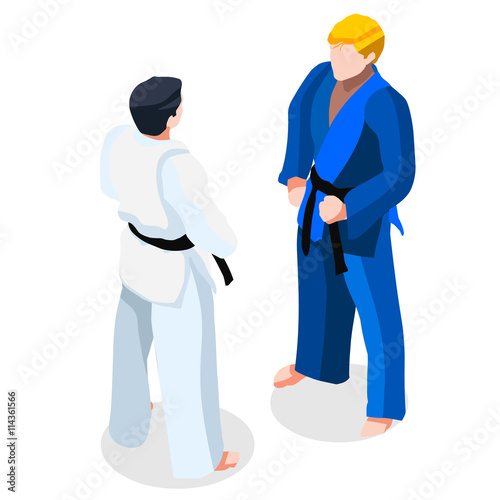A Historic Overview And Development Of Martial Arts Across The Globe
A Historic Overview And Development Of Martial Arts Across The Globe
Blog Article
Content By-Stevenson Silverman
Martial arts have a remarkable history that covers centuries and continents. You could locate it fascinating how ancient practices like Shuai Jiao and Kalaripayattu laid the groundwork for modern-day battle strategies. These techniques not just highlight physical abilities yet additionally mirror the societies that birthed them. As you discover their evolution, consider just how globalization has actually transformed these conventional types into crossbreed styles. What impacts do you think have shaped today's martial arts landscape?
Ancient Martial arts: The Structures of Fight
As you look into the world of old martial arts, you'll discover the abundant structures that shaped battle strategies throughout societies. martial arts cardiff focused on Self-Defense and survival, commonly integrating strikes, grappling, and weaponry.
In ancient China, for example, strategies like Shuai Jiao emphasized throws and joint locks, while India's Kalaripayattu showcased agility and liquid activity. Japanese samurai established Kenjutsu, a polished swordsmanship that highlighted technique and technique.
These martial arts offered not just for battle however additionally as a way of individual advancement, instilling worths like respect and determination. The mixing of these techniques gradually laid the groundwork for the diverse martial arts you see today, each showing the unique viewpoints and needs of its culture.
The Social Influence on Martial Arts Advancement
While martial arts commonly reflect the practical demands of a society, they likewise personify the cultural worths and beliefs of their origins. When you check out different martial arts, you'll discover how they're affected by faith, viewpoint, and social norms.
For instance, the emphasis on regard and self-control in Japanese martial arts comes from Zen Buddhism and samurai culture. In contrast, Brazilian Jiu-Jitsu promotes flexibility and technique, formed by the requirement for effectiveness in a varied, multicultural environment.
You may locate that the rituals, uniforms, and training techniques show a community's background and identification. By recognizing these cultural impacts, you deepen your admiration of martial arts and their role in shaping human experiences around the world.
Modern Adaptations and the Globalization of Martial arts
Martial arts have transformed dramatically in current years, adapting to contemporary society and international influences. You'll discover that conventional forms have mixed with modern-day strategies, creating hybrid styles like MMA. These adaptations deal with varied audiences, making martial arts available and appealing globally.
With the rise of social media and electronic systems, you can discover tutorials and competitions from all corners of the globe, breaking geographical barriers. This globalization has caused a shared appreciation for numerous self-controls, from Brazilian Jiu-Jitsu to Taekwondo.
As wing chun martial arts engage with these arts, you'll realize they're not nearly combat; they advertise physical fitness, discipline, and mental wellness.
Inevitably, contemporary adjustments have actually enriched the martial arts landscape, making it a vibrant and developing method.
Verdict
In checking out the background and development of martial arts, you reveal a remarkable blend of strategies, cultures, and approaches. From old techniques like Shuai Jiao and Kalaripayattu to the modern-day flexibility seen in mixed martial arts, martial arts show mankind's quest for Self-Defense and personal growth. As you engage with these methods, you not just obtain skills yet likewise a much deeper admiration for the diverse customs that form our world today. So, proceed your journey and welcome the art of fight!
